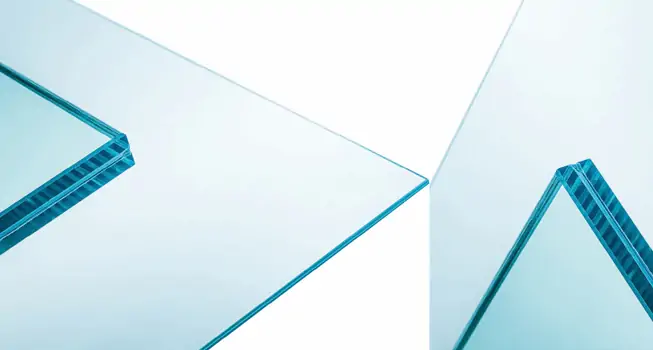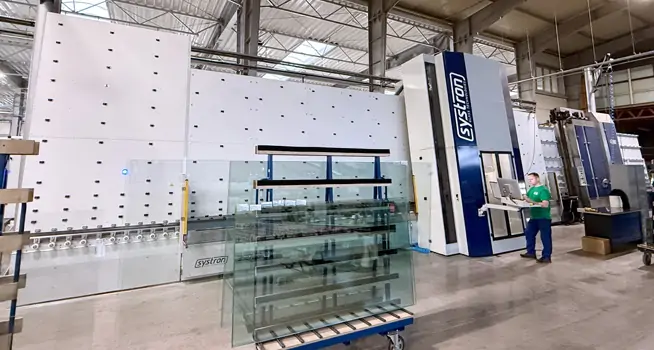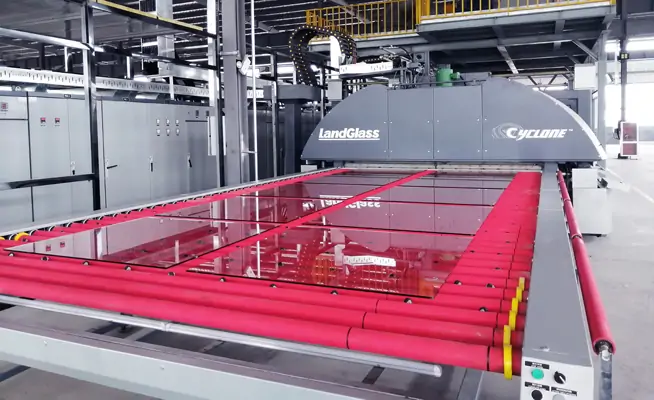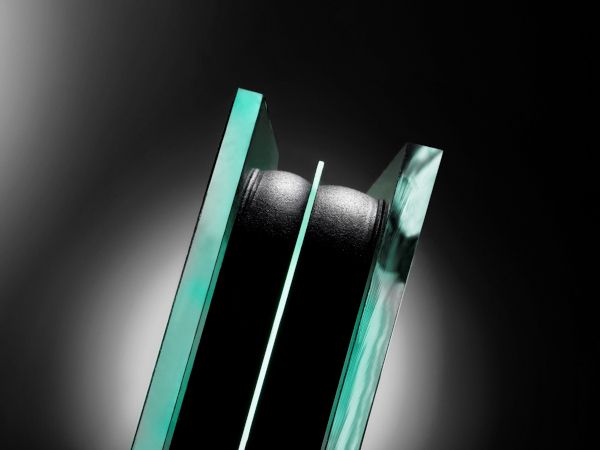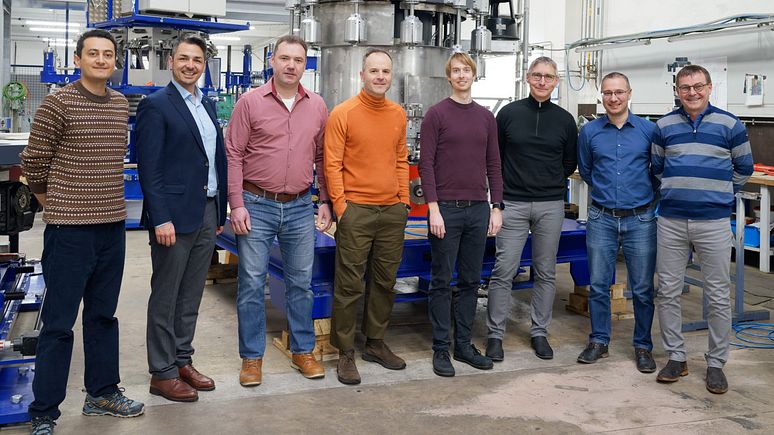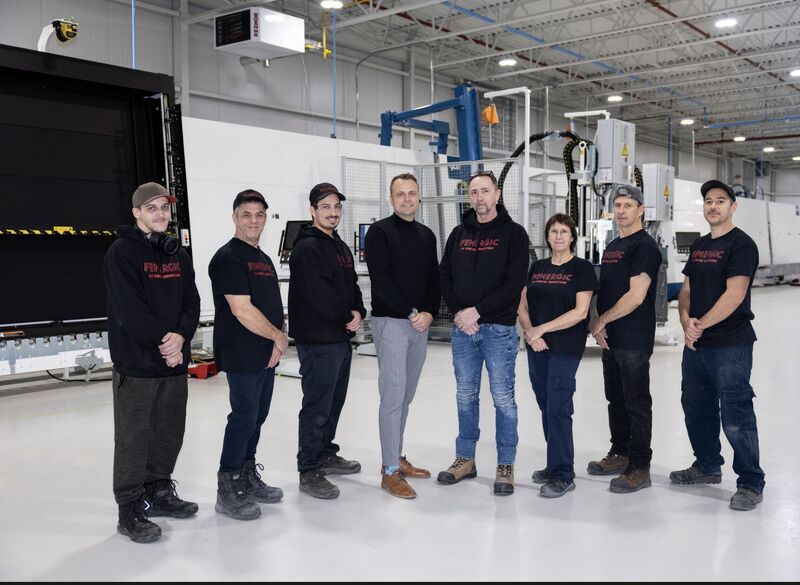The glass industry is undergoing a quiet revolution. A quick glance at the market reveals a clear trend: manufacturers are increasingly focusing on the production of thin glass.
We’re talking thinner and thinner sheets, often in larger plate sizes. This shift necessitates a corresponding evolution in machinery, with equipment being designed to handle the delicate intricacies of processing glass as thin as 0.5-0.7 millimeters. But what’s driving this demand for thin glass, and what are the implications for the future of the industry?
The most immediate advantage of thin glass is its reduced weight. This benefit extends beyond simple applications like flooring. It’s proving to be a game-changer in the nautical and aeronautical industries, where weight reduction is a critical factor influencing performance and efficiency. In these demanding sectors, every gram counts, making thin glass a highly sought-after material.
Beyond weight savings, studies in double glazing production have revealed a fascinating benefit: incorporating a single thin glass pane within an insulating glass unit (IGU) can dramatically reduce thermal conductivity. The thin glass effectively creates a “wall” within the unit, significantly improving its insulation properties.
However, working with thin glass presents unique challenges. Its inherent fragility demands reliable and precise machinery to ensure safety and minimize breakage. This is where advancements in tempering and lamination technology become essential.
Making Thin Glass Safe: A Multi-Step Process
RCN SOLUTIONS, a company with extensive experience in the glass industry, understands these challenges and offers comprehensive solutions to meet them. The journey from fragile thin glass to durable, safe material often involves the following:
- Chemical Tempering: To significantly enhance the mechanical strength of thin glass without compromising its optical clarity, chemical tempering is the preferred method. This process, involving ionic exchange between sodium ions in the glass and potassium ions in a liquid salt bath, results in glass that is mechanically more robust, exhibiting excellent optical quality and minimal distortion. This allows even glass thinner than 3mm to achieve a flexural strength of 250 N/mm² – a remarkable achievement.
- Lamination: While chemical tempering increases strength, chemically tempered glass still breaks similarly to monolithic glass. To achieve true safety glass, lamination is crucial. This involves bonding one or more glass panes together using a laminating interlayer. In the event of breakage, the interlayer holds the glass fragments in place, preventing shattering and minimizing the risk of injury.
Beyond the Basics: Further Considerations for Thin Glass
The possibilities for thin glass extend beyond simple flat sheets. It’s even possible to chemically temper curved glass, opening up new design possibilities. Furthermore, thin, tempered glass exhibits a unique characteristic: it can be cold-bent, allowing for even more creative and complex applications.
The Importance of Quality and Expertise
It’s vital to emphasize that the quality of machinery and consumables plays a critical role in the quality of the finished product. Cutting corners can lead to inconsistencies, defects, and ultimately, compromised performance. Partnering with a reliable supplier that offers added-value products and proactive customer support is paramount.
RCN SOLUTIONS, with its long-standing experience in the glass sector, is committed to providing consistent quality and active service to its clients. We understand the nuances of thin glass processing and are dedicated to helping our customers achieve their project goals. We believe in listening to our customers, understanding their specific needs, and providing tailored solutions that deliver exceptional results.
In conclusion, the rise of thin glass represents a significant advancement in the glass industry. By embracing innovation and investing in the right technologies, we can unlock its full potential and create a new generation of lightweight, high-performance materials for a wide range of applications.
Source: RCN Solutions with additional information added by GlassBalkan
